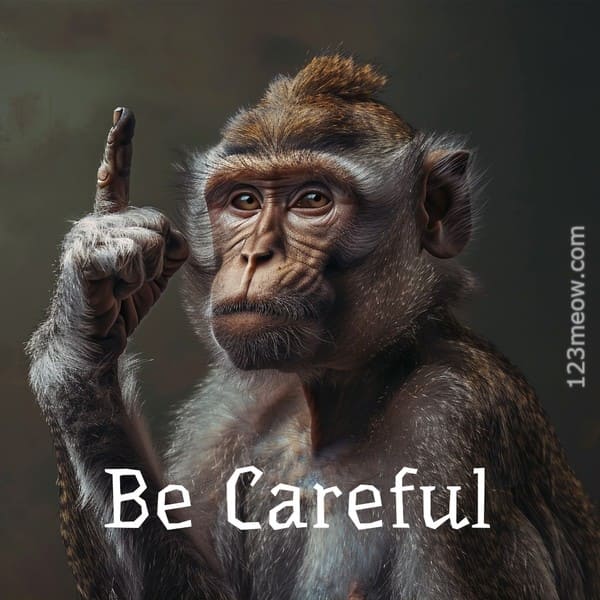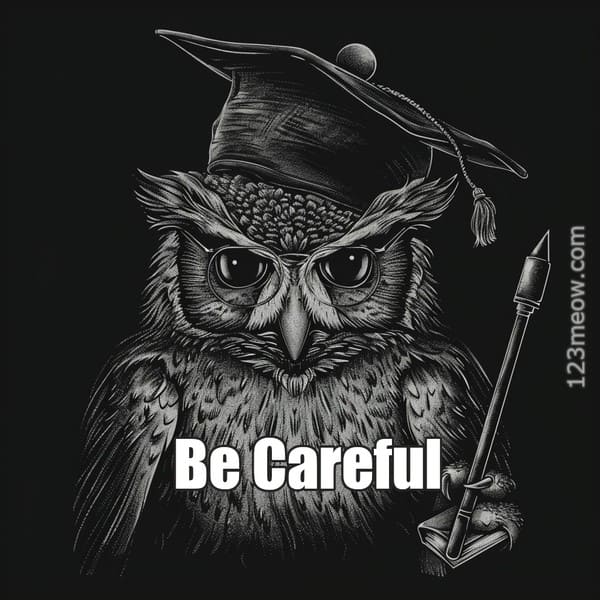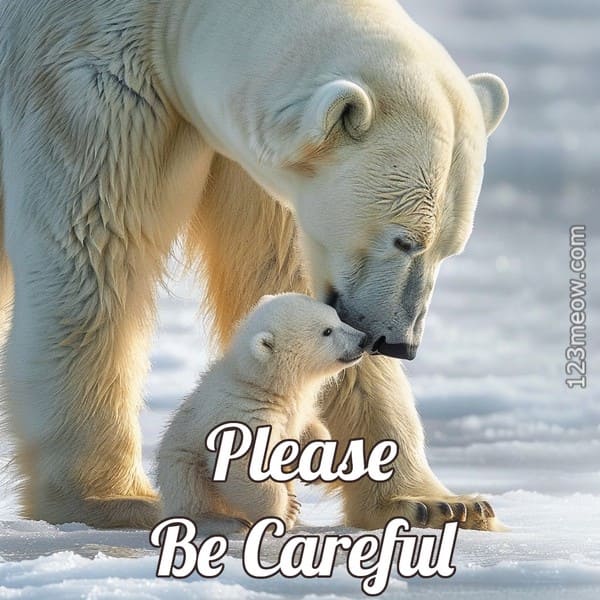Be careful cards, pics
Welcome to the page where wonderful avatars, stickers, emojis, postcards, wishes, pictures, memes "Be careful" are posted! Here we have collected a collection of unique and impressive emotions expressed by animals. In each section, we try to emphasize the individuality and importance of each animal on planet Earth!
Hi there,
We give positive emotions to people and help animals. Please take part and support us
 Koalas are iconic marsupials native to Australia, renowned for their adorable appearance and tree-dwelling lifestyle. Despite their cuddly look, koalas have a highly specialized diet that consists almost exclusively of eucalyptus leaves. Their digestive systems are adapted to break down the tough, fibrous leaves, but this diet provides little nutritional value. As a result, koalas spend up to 18 hours a day sleeping to conserve energy, making them one of the most lethargic animals in the world.
Koalas are iconic marsupials native to Australia, renowned for their adorable appearance and tree-dwelling lifestyle. Despite their cuddly look, koalas have a highly specialized diet that consists almost exclusively of eucalyptus leaves. Their digestive systems are adapted to break down the tough, fibrous leaves, but this diet provides little nutritional value. As a result, koalas spend up to 18 hours a day sleeping to conserve energy, making them one of the most lethargic animals in the world.
Koalas have a unique adaptation that helps them process their eucalyptus diet. Their intestines are incredibly long, with a specialized cecum that acts as a fermentation chamber. This adaptation allows them to extract as many nutrients as possible from the eucalyptus leaves, although it still doesn’t provide enough energy to support a highly active lifestyle. Their low metabolic rate and extensive sleep are crucial for managing their energy needs.
Interestingly, koalas have fingerprints that are remarkably similar to those of humans. In fact, their fingerprints are so close in pattern and detail that they can be mistaken for human prints at crime scenes. This similarity is due to the high level of dexterity and precision required for koalas to grasp and manipulate eucalyptus leaves while feeding.
Koalas are also known for their vocalizations, which can be quite surprising given their generally quiet demeanor. During mating season, male koalas produce a deep, grunting call that can be heard from a distance of up to five kilometers (about three miles). This call serves to attract females and establish territory. The sound is produced by inflating their large throat sacs, which amplify the sound and make it resonate through the forest.
Unfortunately, koalas face several threats to their survival. Habitat destruction due to logging and urban development has significantly reduced their living spaces. Additionally, diseases such as chlamydia and habitat fragmentation contribute to their declining population. Conservation efforts are in place to protect their habitat and address health issues, but the future of koalas remains uncertain. Protecting these unique animals is crucial for preserving Australia’s natural heritage.




